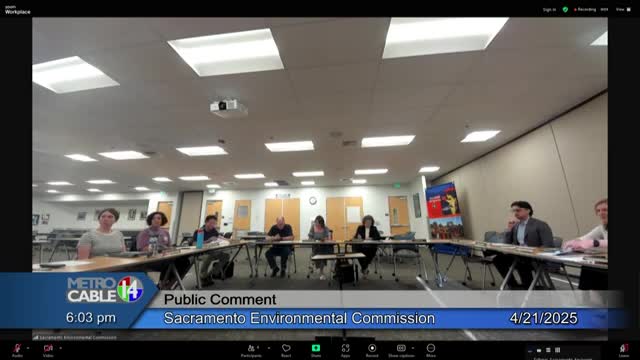Capital Southeast Connector JPA outlines progress on regional transportation project
April 23, 2025 | Sacramento County, California
Thanks to Scribe from Workplace AI and Family Portal , all articles about California are free for you to enjoy throughout 2025!

This article was created by AI using a video recording of the meeting. It summarizes the key points discussed, but for full details and context, please refer to the video of the full meeting. Link to Full Meeting
The project aims to reconstruct key roads, including Grant Line Road, White Rock Road, and Cameron Road, ultimately linking Interstate 5 to Highway 99, State Route 16, and Highway 50. This ambitious endeavor has roots tracing back to the 1970s, with a formal proposal gaining traction in the early 2000s. In 2004, Sacramento County voters approved Measure A, which included funding for the Connector, with an impressive 74.6% in favor.
As of now, approximately 11 miles of the project have been completed, with an additional 9 miles currently in the final engineering phase. The total estimated cost of the project is around $500 million, a figure that may fluctuate as work progresses. The Connector is not just a road; it incorporates a Class I bike path, promoting sustainable transportation options.
The project is also integrated into the South Sacramento Habitat Conservation Plan, ensuring environmental considerations are met. The JPA has secured a 50-year environmental permit, allowing them to proceed with construction while protecting local ecosystems.
Among the immediate priorities highlighted were the extension of Cameron Road, which will connect Interstate 5 to Bruceville Road, and the Grant Line Road Safety and Freight Mobility Project, aimed at improving a crucial stretch of road in Rancho Cordova.
As the meeting concluded, it was clear that the Capital Southeast Connector is more than just a transportation project; it represents a long-awaited solution to regional mobility challenges, promising to reshape the landscape of Sacramento County for years to come.
Converted from Environmental Commission - 4/21/2025 meeting on April 23, 2025
Link to Full Meeting
Comments
View full meeting
This article is based on a recent meeting—watch the full video and explore the complete transcript for deeper insights into the discussion.
View full meeting